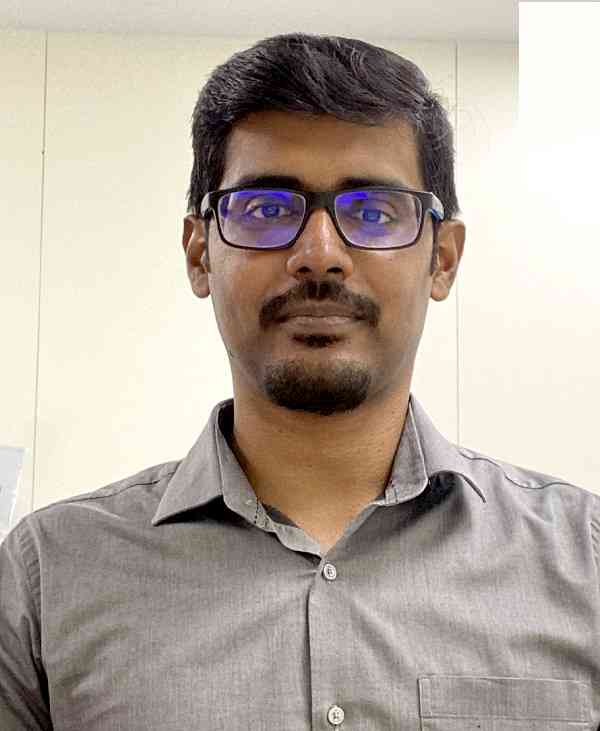Online classes and increased screen time leading to Myopia in kids
Long-term use of digital screens can cause dryness of eyes, near-sightedness, squint and allergies

Bengaluru, August 25, 2021: Amid increased screen time in the ongoing pandemic due to online classes, the onset and progression of myopia (‘near-sightedness’) and ‘squint eye’ among school-going children has seen a two-fold increase, if the numbers at the paediatrics department of the nationwide eye hospital chain, Dr. Agarwals Eye Hospital, are any indication.
Said Dr. Rakesh Seenappa, Consultant Ophthalmologist, Dr. Agarwal’s Eye Hospital, Bengaluru: “We have seen almost doubling of cases of myopia among children of 8-16 years of age compared to pre-pandemic times There is also a significant rise in squint-eye cases among kids due to excessive use of digital screens for near-work activities like online classes, watching videos or playing video games on small screen. Long-term use of digital screens can cause dryness of eyes, near-sightedness, squint and allergies. It promotes faster tear evaporation, which leads to dryness in eyes, making patients rub them constantly. This causes changes in the corneal curvature and, in a few months, an increase in glass power. Dryness can also trigger eye allergies, which makes children rub their eyes even more. This is a downward spiral that leads to a myopic shift in the eyes as the child grows, leading to high myopia at an early age.”
He added: “Over the last one year, we have seen lot of school-going children and college teens coming to us with complaints of burning sensation in the eyes, blurring of vision and, sometimes, double vision and headaches. We have also found a few patients as young as 6 years suffering from myopia. This is mainly due to prevalence of online classes. Children who are in the front of a bright screen for more than four hours per day are most at risk of myopia and squint eye, especially those who don’t take frequent breaks. Risk factors are increased duration of screen time, playing video games on small screens and parents having myopia.”
According to the doctor, more and more children are presenting themselves with symptoms and eye conditions which used to be largely seen in adults till now. This is all a result of their adaption to the pandemic times. Said Dr. Rakesh Seenappa: “The ocular conditions we are seeing during the pandemics times in children include the dry eyes syndrome, allergic and infective conjunctivitis (pink eyes), styes (a red, sore lump near the edge of the eyelid) and stress headaches. The severity varies from mild to severe, depending on whether the parents recognize the symptoms at earlier stages or not.”
Myopia as a condition, though not reversible, is curable with prescription glasses. “We do have treatment options to prevent excessive progression of myopia. Squint is curable with glasses as well as through surgery. Sometimes it can be reversed through appropriate exercises and prescription glasses,” Dr. Rakesh Seenappa said.
To prevent the onset of eye conditions among children, one needs to limit their screen exposure time, encourage them to do more outdoor activities, take them for regular screening with an ophthalmologist, and discourage them from rubbing eyes frequently, the doctor added.
Near work refers to activities such as reading and writing with the distance between the object of focus (books, for instance) and eyes being less than 33 cm. During the lockdown period, near-work involves computers, laptops, mobile phones and tablets, taken up without frequent breaks and increased screen time for academic or other purposes. This visual stress could lead to squinting and has an accelerating effect on myopia progression. Myopia is an emerging public health problem in both urban and rural school-going children in India, requiring urgent efforts.


 cityairnews
cityairnews 








